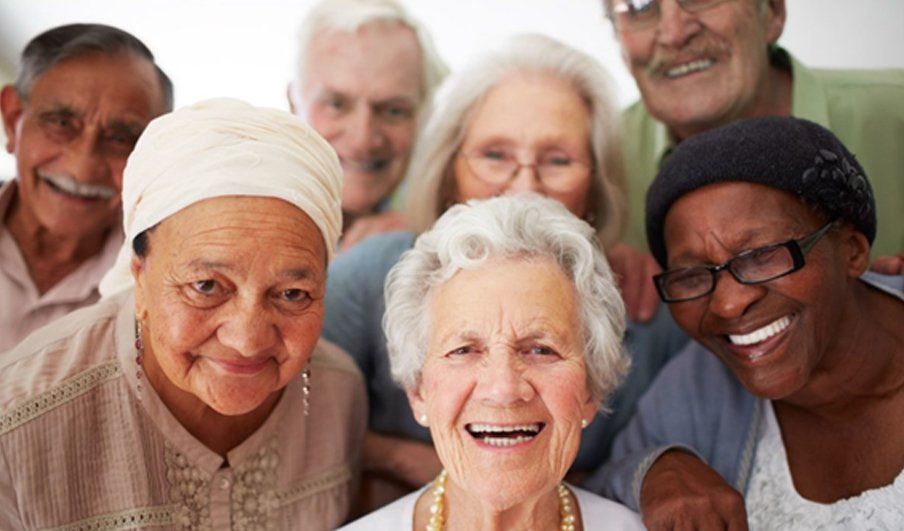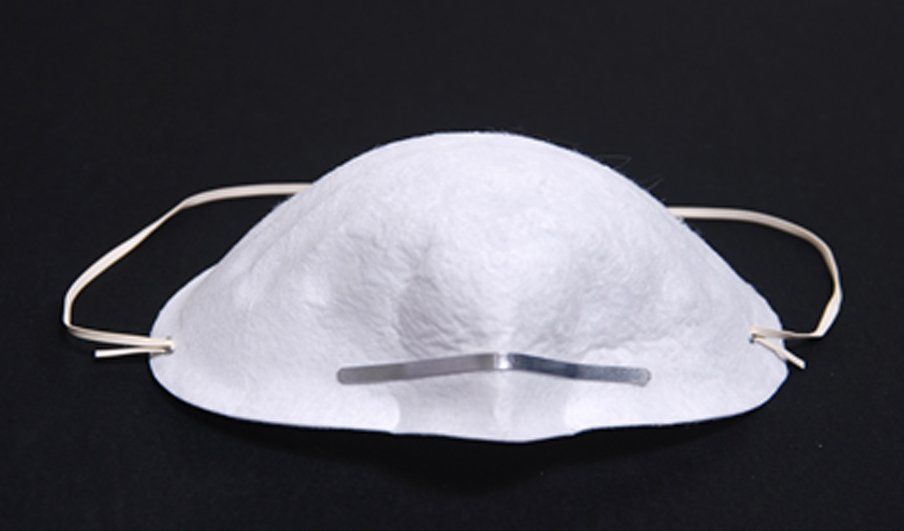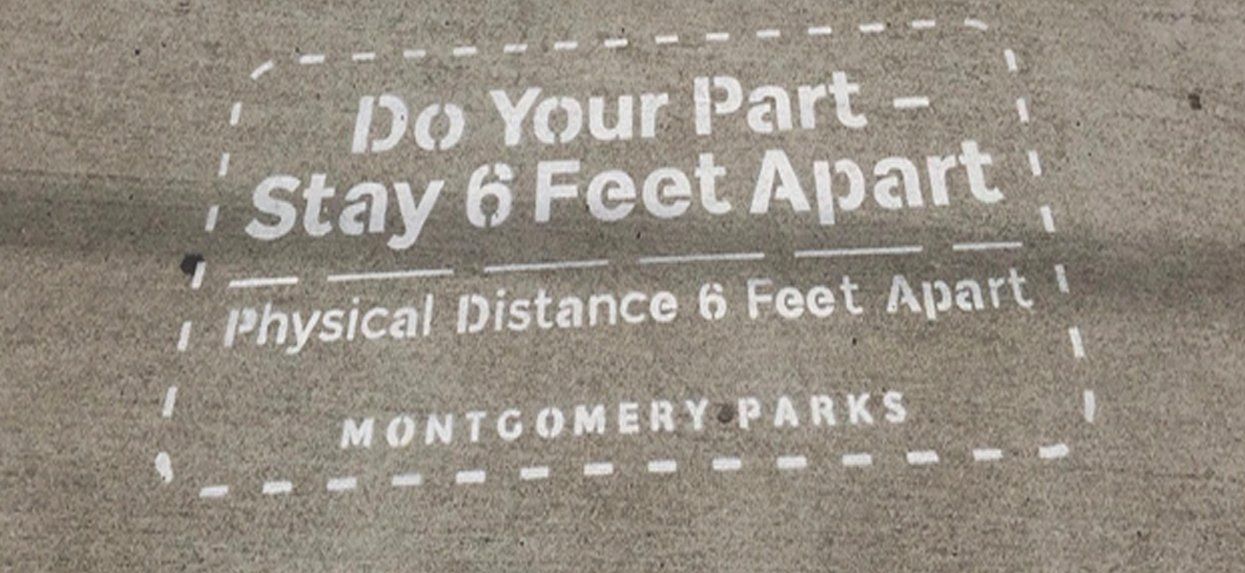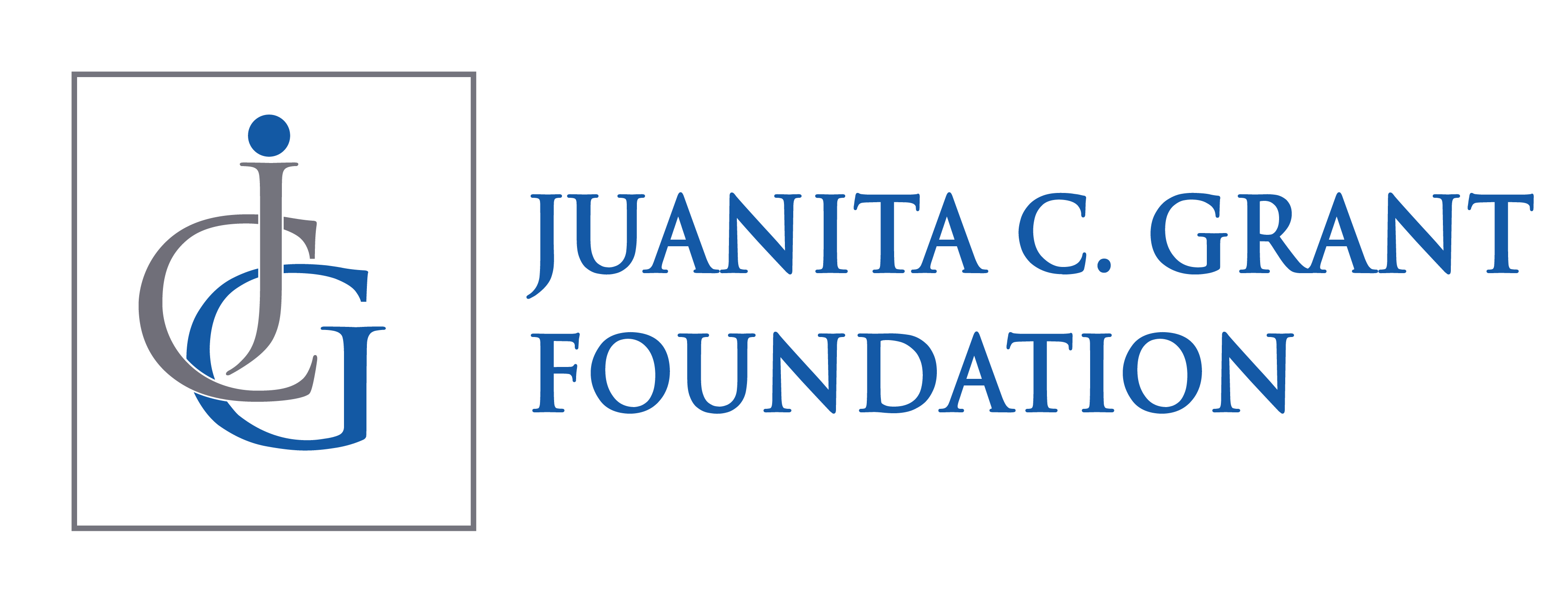The Father Factor
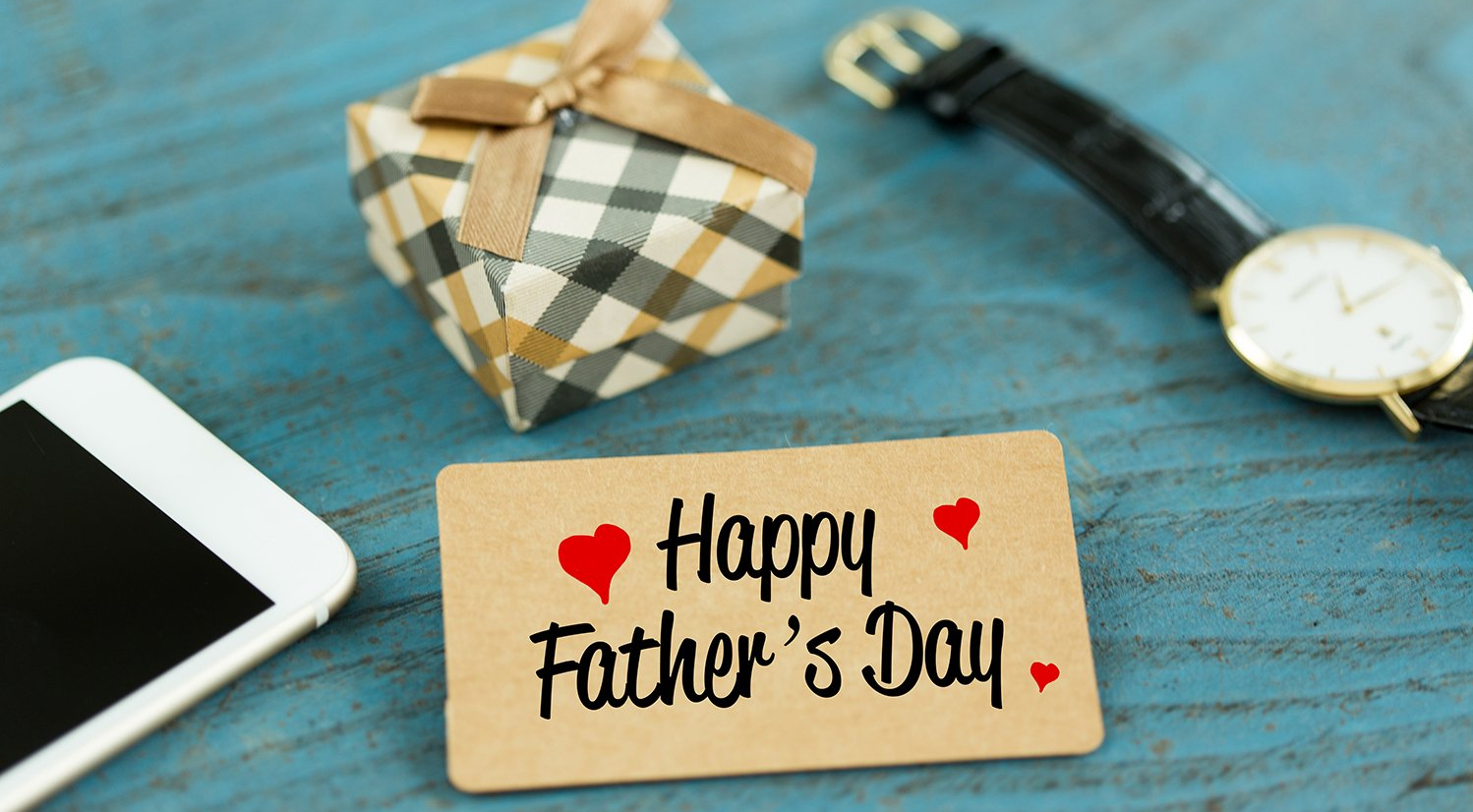
When a man becomes a father, his world changes immeasurably.
Children jumble all aspects of the parent’s life, complications, revised priorities, joy & anguish, pride and fatigue, and overall confusion.
In my humble experience, (as a father of 35 years) I have come to realize one of the most significant contributions a father can make to their child/children is to provide insight and perspective.
In the early years husbands (along with our wives) share / teach guidelines, boundaries, and caring. Caring is critical, as it encompasses all aspects of compassion, for family members, relatives, and people in general. Appreciation for possessions and events should also be included at an early age.
Middle school provides the opportunity to instill morals and positive thinking. There is a definitive correlation between a father figure’s presence and their child/children’s respect. Dads who take time out of their days to attend important events are far more likely to have a positive impact than absent fathers.
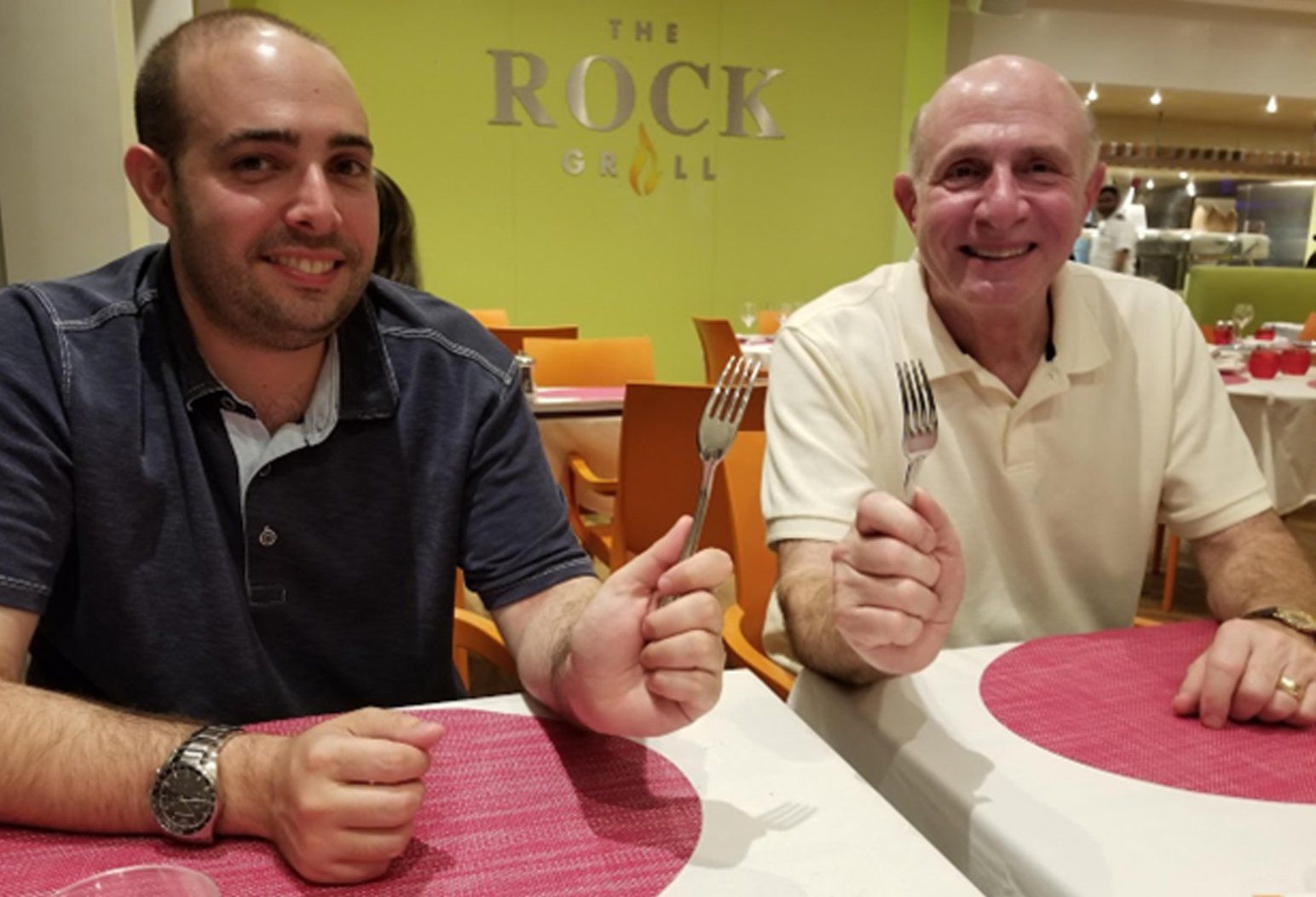
Mike & son Jason Bare
High school validates what you have taught your child/children, as there are so many influences beyond your parental reach that test what you have earnestly tried to instill. Realize your kids are always watching, and how you react to situations matters.
And by college, they are on their own, with their moral compass set, and their future hopefully starting to appear on their horizon.
The KEY ROLE a father will always play is their presence. Mothers will always have the commanding role is the child’s development, but the presence and support of a father who is available, caring and involved is the 2nd most significant factor in children’s development.
Fortunately, modern fathers want to be involved. It’s the evolution of our learning and experiences when we are young, that allow us to fine tune our thoughts on being an even better father that ours.
Listening and communicating. We should always be respectful of our child/children’s thoughts. Our place is to guide and share, seldom tell or “make” do. Always have pride in who they are. Afterall, they are a product of us.
And the best validation of your efforts is when they have children. It all comes together full circle for you in realizing how you contributed to who they are and for them in understanding the road ahead.
Must Read Newsletter
Sign up for news and events
Newsletter
Most Popular


